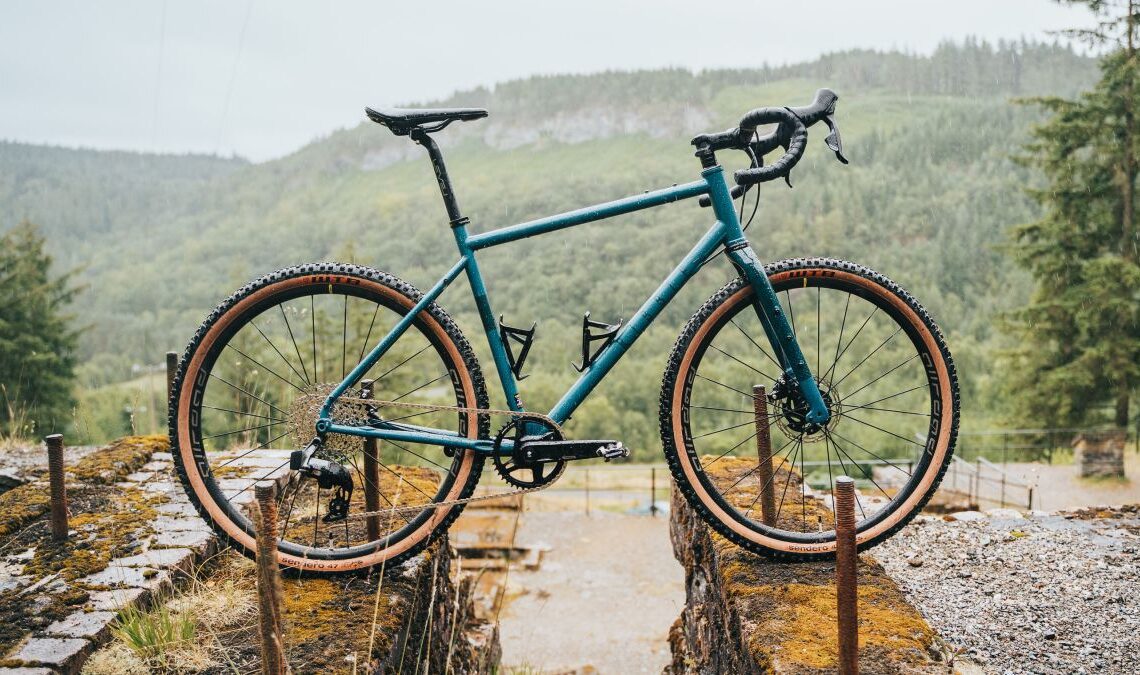Steel has been gently having a resurgence across many cycling disciplines, but it seems that gravel has been at the vanguard of the march. Yes, the best gravel race bikes are all carbon fibre, but that doesn’t mean the best gravel bikes should be too. My long-term gravel test bike, the Fairlight Secan, is steel and received a 5-star rating. Consumers seem taken with the perceived lack of fragility compared to carbon, and also aluminium equivalents. To bring its gravel range up to date with this demand, Ribble has launched the Gravel 725, a gravel bike essentially identical in geometry to the Gravel Ti (titanium) and Al (aluminium) models, but now in heat-treated Chromoly steel.
A material for every occasion
Ribble’s gravel range is slightly different to the way many brands operate. It simply has the ‘Gravel’ model, which, as you might imagine, is designed for gravel. With the exception of the SL, the brand’s carbon offering that features a lower front end and more racy handling, the model now shares its geometry across three differing materials (aluminium, titanium, and now steel) so users can pick what suits them best.
The new Ribble Gravel 725 utilises triple-butted Reynolds 725 steel; the second tier of non-stainless steel from the Birmingham-based outfit. Generally speaking, steel is a bit more able to take abuse than carbon or aluminium. It’s not necessarily stronger, but rather than cracking it has a plasticity that causes it to dent or bend rather than fail totally. It’s no surprise to see Ribble leaning into this preconception and using bikepacking heavily in its promo shots and video clips.
It has all the hallmarks of a capable bikepacking bike: The geometry isn’t overly race-oriented, there’s clearance for 45mm tyres with 700c wheels, or 47mm with 650b, and there are enough mounting points on the frame and slim carbon fork legs to strap just about anything to it, including a traditional pannier rack, which will be a boon to smaller riders who can’t utilise a fashionable saddle-mounted option.
Credit where it’s due, too, on the fork. Many steel bikes opt for quite chunky-looking forks that can look at odds with the skinny steel tubes. This fork manages to carry both a slimmer silhouette to help the visual package and three mounting bolts for cargo cages. Similarly, the decision to opt for…
Click Here to Read the Full Original Article at CyclingNews RSS Feed…

